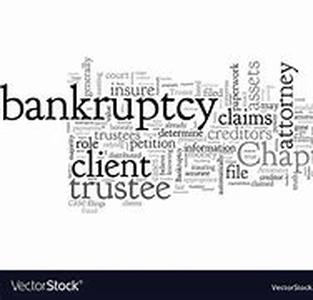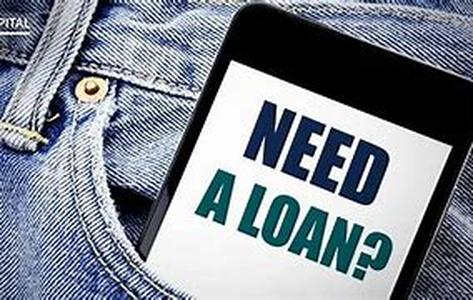
WORD COUNT: 410KWD: 2.44Chapter 7 Bankruptcy LiquidationBankruptcy Liquidation Is Defined As A Detailed Program Of Action Formulated By A Debtor Or Its Creditors To Govern The Debtors Rehabilitation, Continued Operation Or Liquidation, And Payment Of Debts. The Bankruptcy Court And Creditors Must Approve The Plan Before It Is Implemented. The Most Common Form Of Relief Sought By Debtors Under The Bankruptcy Code Is Bankruptcy Liquidation Under Chapter 7. Chapter 7 Of The United States Bankruptcy Code, Allows A Trustee To Collect And Liquidate A Debtors Nonexempt Property, Either Voluntary Or By Court To Satisfy Creditors. A Husband And Wife Can Join In One Joint Petition. A Bankruptcy Liquidation Filed Under This Chapter Is An Individual Debtor Who Usually Gets A Fresh Financial Start By Receiving A Discharge Of All Debts. A Chapter 7 Bankruptcy Liquidation Case May Be Started By A Voluntary Or Involuntary Petition, And Involves Three Major Participants: The Debtor, The Trustee, And The Creditors. The Trustees Job Is To Take Possession Of And To Liquidate The Debtors Nonexempt Assets. The Trustee Distributes The Proceeds To The Creditors In Accordance With Their Legal Priorities. The Primary Purpose Of Chapter 7 Bankruptcy Liquidation From The Creditors Standpoint Is Fair And Equal Treatment Of Creditors In Accordance With Their Relative Priorities. Another Primary Purpose Of Chapter 7 Bankruptcy Liquidation From The Debtors Standpoint Is To Obtain A Discharge Of Debts, Thereby Giving An Individual Debtor A "fresh Start. A Discharge In A Chapter 7 Bankruptcy Liquidation Case Is Given To Individuals Only, Not To Partnerships Or Corporations. Also, The Right Of An Individual To A Discharge Is Not Absolute, As Grounds May Exist To Oppose A Discharge. Generally, If A Debtor Is Honest And Follows The Rules Of The Bankruptcy Code And The Court, The Debtor Will Obtain A Discharge, Which Releases The Debtor From Personal Liability On Most Of The Debts Owed At The Time Of Filing The Petition.Chapter 7 Bankruptcy Liquidation Has Five Stages: (1) Getting The Debtor Into Bankruptcy Court (2) Collecting The Debtors Property (3) Selling This Property (4) Distributing The Proceeds Of The Sale To Creditors; And (5) Determining Whether The Debtor Is Discharged From Further Liability To These Creditors. Furthermore, In Chapter 7 Bankruptcy Liquidation Cases, A Proof Of Claim From Creditors Must Be Filed In Order To Share In The Distribution Of The Estate.





